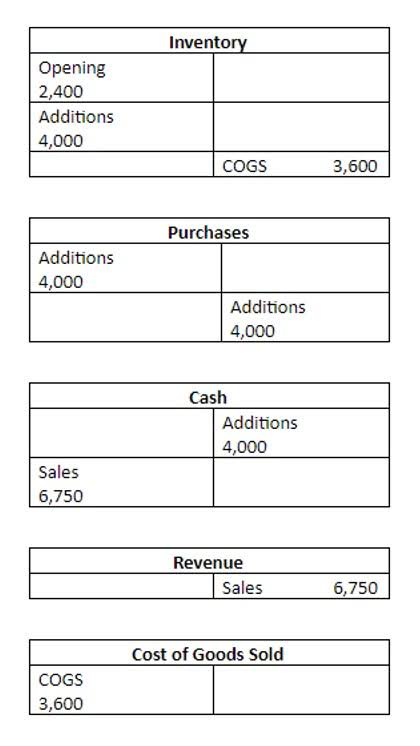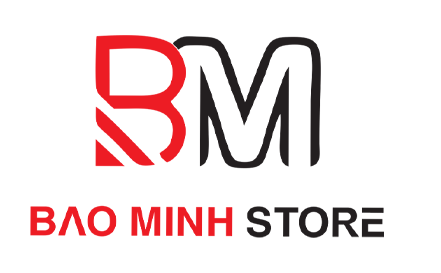Bookkeeping
T Account Debit Credit Basics Explained Simply for Beginners

T-accounts resemble the English letter “T”, hence the name. Debits are entered into the left hand side of a t-account whereas credits into the right hand side. Changes in assets, liabilities and equity items are recorded chronologically in accounts.

Tax Liability Accrual Explained

A debit increases an asset or expense, while a credit increases a liability or equity. Let’s take our previous transactions relating to the bank account and see how this would be used to draw up the bank T-account. Joe Smith, Drawing is a sub-account of the Joe Smith, Capital account. In this case, we want to reduce equity so we debit the account. Supplies Expense has the account type of Expense.
- Debits increase assets, expenses, and dividends, while credits increase liabilities, equity, and revenues.
- The T-account guides accountants on what to enter in a ledger to get an adjusting balance so that revenues equal expenses.
- A T-account is a visual way of displaying a set of financial records that use double-entry bookkeeping.
- But, we don’t do that in Joe’s main equity account.
- However, many enterprises have to record hundreds of transactions per day.
Nonprofit Monthly Financial Close Process Overview
It’s used in double-entry bookkeeping, where every financial transaction affects at least two accounts. A T-account is a graphical representation of a general ledger account, used to record business transactions. It’s shaped like a “T” with the account title at the top, a debit side on the left, and a credit side on the right.
- Discover the ins and outs of 401k account securities accounts, including pros and cons, to make informed investment decisions.
- In the Fees Earned T-Account, the $18,300 revenue goes on the right (credit) side of the account because the revenue is increasing.
- You can see the specific date, the description of the transaction and a running balance beside the debits and credits.
- Always refer to the company’s Chart of Accounts for the official name of the expense accounts.
- A T-account is a graphical representation of a general ledger account, used to record business transactions.
We and our partners process data to provide:

In conclusion, the ledger and T account are integral components of the double-entry bookkeeping system. Both tools contribute to the accuracy, transparency, and reliability of financial reporting, enabling businesses to make informed decisions and comply with accounting standards. In order to t accounts keep track of transactions, I like to number each journal entry as its debit and credit is added to the T-accounts.
Small Businesses
The expense account we will use for the rent we paid is Rent Expense. Debits increase stockholders’ equity accounts, and vice versa for credits. When you debit a stockholders’ equity account, you increase its balance; when you credit a stockholders’ equity account, you decrease its balance. In a T-account, debits are recorded on the left https://www.bookstime.com/articles/xero side, and credits are recorded on the right side. This layout makes it easy to identify the type of transaction and the account being affected. The T-account is a visual tool that helps accountants track and balance transactions effectively.

Liabilities and equity are recorded on the right side of the ledger. normal balance T-accounts can also be used to extract information, such as the nature of a transaction that occurred on a particular day or the balance and movements of each account. It’s essentially a page with a large letter T drawn on it, which is where the term comes from. The title of the account is written just above the top horizontal line. In the Salaries Expense T-Account, the $7,300 deposit goes on the left (debit) side of the account because the expense is increasing.


